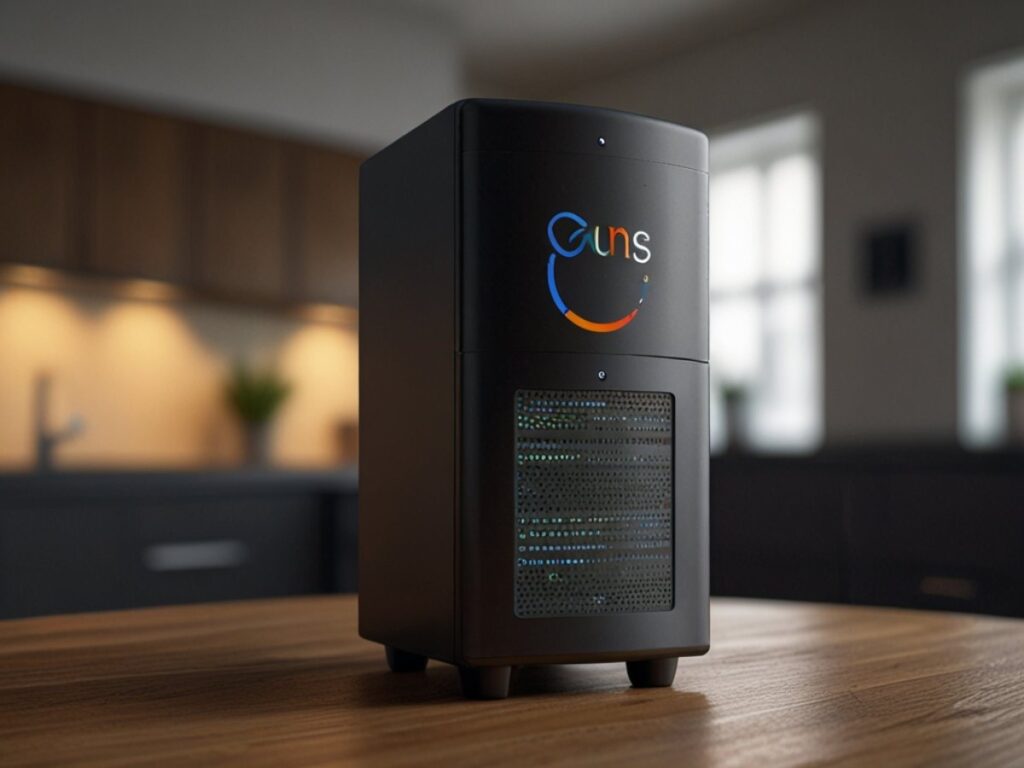In the growing world of home automation, Home Assistant stands out as a powerful platform that offers extensive customization options through plugins and integrations.
One of the most advanced features you can add to your Home Assistant instance is a DNS server plugin, specifically one configured with Google DNS and built with CMake.
This combination provides a reliable and highly customizable DNS server for your home network, allowing you to control your smart home devices more efficiently.
In this blog, we will explore the key components involved in setting up a DNS server plugin for Home Assistant using Google DNS and CMake. We will explain why this setup is beneficial, how to configure it, and some troubleshooting tips to keep your DNS server running smoothly.
What is Home Assistant?
Understanding Home Assistant
Home Assistant is an open-source home automation platform designed to integrate a wide variety of smart devices into a centralized control system.
With Home Assistant, you can control lights, thermostats, cameras, and more from a single interface, automate tasks based on specific conditions, and monitor device status.
Home Assistant is particularly appealing because it supports hundreds of integrations with popular smart home brands, and its open-source nature means you can customize it extensively through community-developed plugins and add-ons.
Benefits of Using Home Assistant
- Local Control: Unlike many smart home platforms, Home Assistant allows for local control, meaning it doesn’t need an internet connection for many of its features to work.
- Extensive Device Compatibility: From Z-Wave to Zigbee, Google Home, and Alexa, Home Assistant is compatible with a wide range of devices.
- Customization and Automation: You can create highly customized automations to control your home environment.
What is a DNS Server?
Understanding DNS
A Domain Name System (DNS) server is an essential part of the Internet’s infrastructure. It translates human-readable domain names (such as google.com) into IP addresses that computers use to identify themselves on a network. On a home network, setting up a local DNS server can provide better performance, security, and control over your device’s communications.
Why Use a DNS Server with Home Assistant?
- Faster name resolution – Setting up a local DNS server can improve the speed at which your devices communicate with Home Assistant.
- Custom domain resolution – You can set up custom domains for devices, making it easier to manage and access devices using friendly names instead of IP addresses.
- Security – A DNS server can add an extra layer of security by filtering out malicious domains and ensuring traffic is safely routed within your home network.
- Network independence – With a local DNS server, you can control device communication even when external DNS providers are down, increasing the reliability of your network.
Why Use Google DNS?
The Benefits of Google DNS
Google DNS (8.8.8.8 and 8.8.4.4) is one of the most popular public DNS services in the world. It is known for its reliability, speed, and security. By integrating Google DNS into your Home Assistant setup, you ensure that external queries are resolved quickly and efficiently.
- Speed: Google DNS is optimize for low-latency queries, which means faster response times when accessing external websites or services.
- Reliability: Google’s infrastructure ensures that DNS queries are process without delay, and with multiple points of redundancy, you can expect minimal downtime.
- Security: Google DNS is well known for its security features, including DNSSEC (DNS Security Extensions), which ensures that DNS queries are legitimate and free from tampering.
What is CMake?
Understanding CMake
CMake is a cross-platform tool that manages the software creation process, allowing developers to define how their software should be compiled, linked, and packaged.
In the context of Home Assistant and DNS servers. CMake can be used to compile and configure DNS software ensuring that the DNS server is optimized for your specific needs.
Using CMake allows you to easily manage dependencies and automate the DNS server plugin creation process, making it easy to deploy in Home Assistant.
Why Use CMake for DNS Server Addon?
- Cross-platform compatibility: CMake ensures that your DNS server can run on a variety of Home Assistant-compatible hardware architectures, such as Raspberry Pi, x86_64, or ARM.
- Automation: With CMake, you can automate the DNS server installation and configuration process, saving you time and reducing the risk of human error.
- Customization: CMake provides options to tailor the creation process to your specific needs, whether you are optimizing for speed, security, or resource usage.
Conclusion
Setting up a CMake Google DNS server plugin for Home Assistant can enhance your smart home network by providing faster name resolution, improved security, and more.
Control over device communications. By leveraging the power of CMake for customization and Google DNS for external queries, you can create a robust DNS system that keeps your smart home devices running smoothly.
Whether you’re a tech enthusiast looking to optimize your network or a Home Assistant user looking for more control, this DNS server setup is a valuable addition to your home automation ecosystem.

